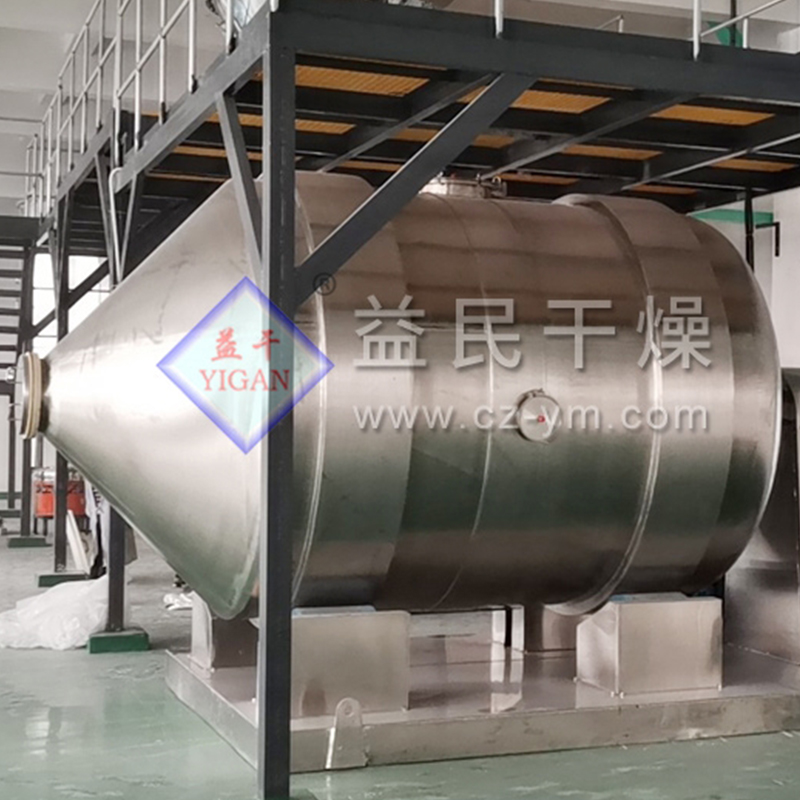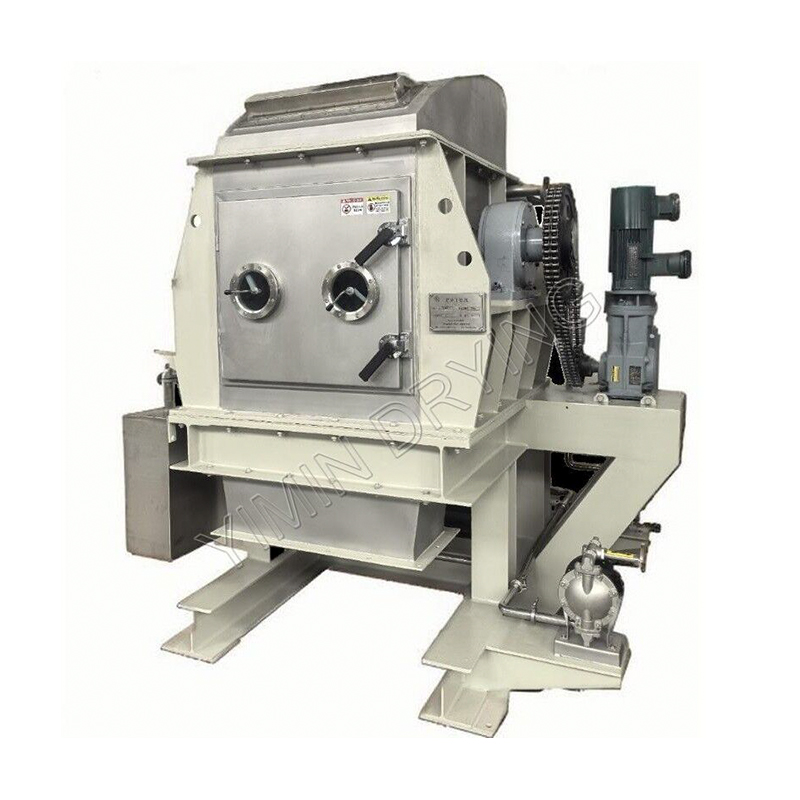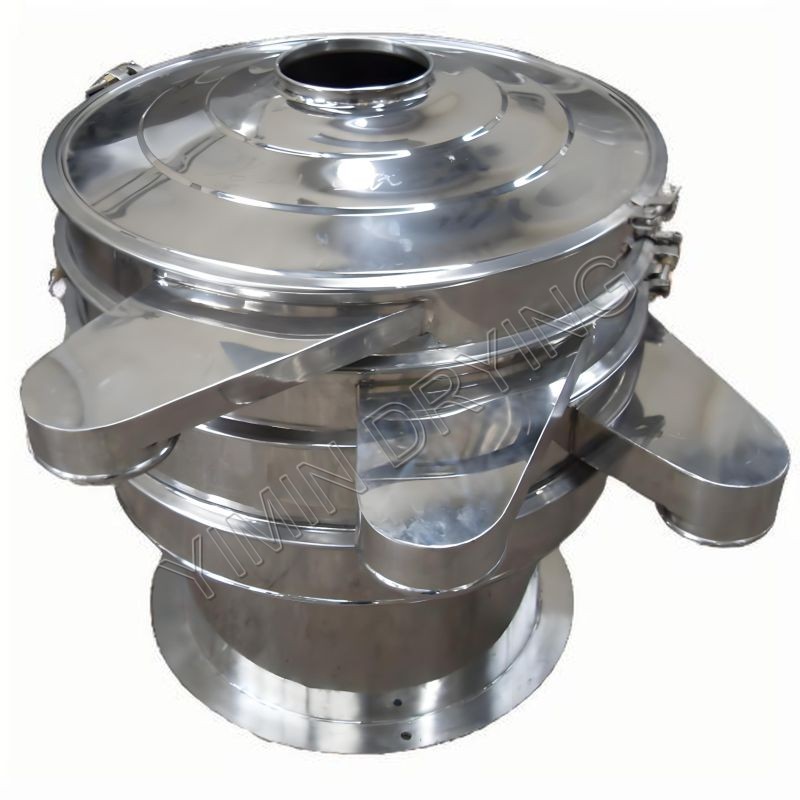What is the main difference between batch and continuous powder mixers?
The fundamental distinction between batch and continuous powder mixers lies in their operational mode and, consequently, their suitability for different production needs. It boils down to how the ingredients are introduced and removed from the mixing vessel.
Operational Mode: The Core Difference
| Feature | Batch Powder Mixers | Continuous Powder Mixers |
|---|---|---|
| Operation | Intermittent | Steady-State |
| Feeding | All ingredients are loaded before mixing. | Ingredients are fed continuously at a controlled rate. |
| Discharge | The entire mixed batch is discharged after mixing. | Mixed product is discharged continuously, typically at the same rate as the input. |
| Volume | Defined, finite batch size. | Throughput (mass/volume per unit time). |
Batch Mixing
In batch powder mixers, the process is cyclical:
- Charging: All required dry components (and often liquids) for a specific volume, or “batch,” are loaded into the mixer.
- Mixing: The mixer operates for a predetermined time until the required level of homogeneity is achieved.
- Discharging: The entire finished batch is emptied from the mixer before the next cycle begins.
- Repeat: The process starts again for the next batch.
This method is inherently flexible and ideal for smaller production volumes, frequent product changeovers, or when traceability of individual lots is critical. Common examples include ribbon blenders and V-blenders.
Continuous Mixing
Continuous powder mixers operate under a steady-state condition. The mixing process is unbroken:
- Feeding: Raw materials are simultaneously and continuously introduced into the mixer at a precise, controlled rate.
- Mixing & Flow: Materials flow through the machine, with mixing occurring as they traverse the length of the vessel. The mixing time is determined by the flow rate and the volume of the mixer.
- Discharging: The completely mixed product exits the mixer continuously, maintaining a consistent flow out of the system.
This approach is best suited for high-volume production of a single, consistent product, where downtime for batch changes isn’t cost-effective. High-speed, in-line mixers like some types of ploughshare mixers or fluid bed processors can be configured for continuous operation.
Applications and Suitability
The choice between the two types of powder mixers is primarily driven by production demands.
Batch Mixer Suitability:
- Flexibility: Excellent for recipes requiring frequent product changeovers (e.g., different flavors, colors, or formulations).
- Traceability: Easier to isolate and track a specific lot, which is crucial for industries like pharmaceuticals and specialty chemicals.
- Lower Throughput: Better for facilities with moderate or low production volumes.
- Validation: Simpler to validate the mixing time and homogeneity of a discrete batch.
Continuous Mixer Suitability:
- High Volume: Superior for mass production where a consistent product is made for long periods (e.g., cement, large-scale food ingredients, detergents).
- Efficiency: Offers higher throughput and minimizes non-productive time (loading and discharging).
- Automation: Highly amenable to full in-line automation, reducing labor costs.
- Space: Often requires less floor space relative to the volume of material processed, as it eliminates the need for large intermediate storage between batches.
In summary, while batch powder mixers offer superior flexibility and traceability through defined cycles, continuous powder mixers provide unmatched efficiency and throughput for steady, high-volume manufacturing.



 English
English русский
русский عربى
عربى Türk
Türk





